Chemical pesticides
Pesticides refer to the kind of chemical reagents used in agriculture for protection crops from disease, insects, rodents and regulating plant growth and killing weed. In addition for being applied to the agriculture, it can also be used in health and epidemic prevention, forestry, animal husbandry, environmental and health aspects. Based on the control object, it can be divided into insecticides, fungicides, miticides, nematicides, rodenticides, herbicides, defoliants and plant growth regulating agents.
It has been developed of more than one thousand kinds of pesticides with most of them being made from chemical synthesis while a few of them belonging to biological pesticides.
Pesticides used for controlling of harmful insects are called insecticides. Insecticides in early time are mainly biological insecticide (e.g. pyrethrum, nicotine, etc.) and inorganic compounds. Until the 1940s, the discovery and application of DDT and HCH had greatly promoted the rapid development of organic pesticides, leading to the emergence of three categories of organic pesticides including organochlorine, organophosphate and carbamate. In addition to being widely used in agriculture, insecticide can also be applied to home health and other fields. The application of insecticide is an effective method of controlling pests, but long-term use will cause resistance of insect, so that efficacy will decrease. In this case, we need to change to another kind of insecticide.
Pesticides used for controlling of all kinds of crops pathogenic micro-organisms are called bactericides. Current bactericide are mainly used for the controlling of fungal diseases while the development of reagents for controlling of bacteria and virus having a slow rate. Rodenticides are used to kill rodents. In early time, people applied acute rodenticides. However, the drawback is the poisoning on human and animal. In recent decades, it has been gradually replaced by the more secure chronic rodenticides which mainly belong to chronic anticoagulant. Herbicides are used for weed control in the farmland.
Plant growth regulators refer to the kind of pesticides for regulating plant growth and development. It belongs to non-nutritive substances with little amount being able to promote or inhibit certain aspects of plant life process, so that it can be developed in the direction complying with requirements of human beings.
- Structure:

- Chemical Name:Amitraz
- CAS:33089-61-1
- MF:C19H23N3
- Structure:
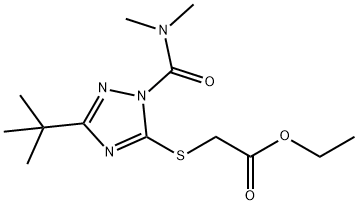
- Chemical Name:TRIAZAMATE
- CAS:112143-82-5
- MF:C13H22N4O3S
- Structure:
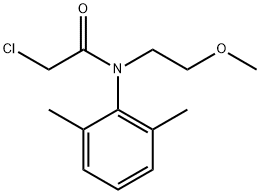
- Chemical Name:DIMETHACHLOR
- CAS:50563-36-5
- MF:C13H18ClNO2
- Structure:
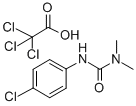
- Chemical Name:MONURON TCA
- CAS:140-41-0
- MF:C11H12Cl4N2O3
- Structure:
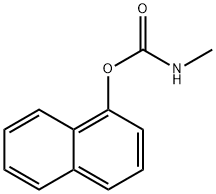
- Chemical Name:Carbaryl
- CAS:63-25-2
- MF:C12H11NO2
- Structure:

- Chemical Name:MCPA-BUTOXYETHYL ESTER
- CAS:19480-43-4
- MF:C15H21ClO4
- Structure:
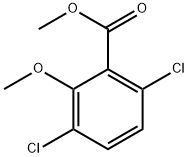
- Chemical Name:DICAMBA METHYL ESTER
- CAS:6597-78-0
- MF:C9H8Cl2O3
- Structure:
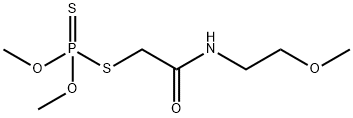
- Chemical Name:AMIDITHION
- CAS:919-76-6
- MF:C7H16NO4PS2
- Structure:

- Chemical Name:DIMEHYPO
- CAS:
- MF:C5H11NNa2O6S4
- Structure:
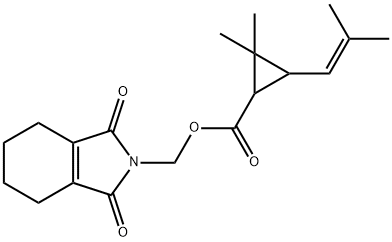
- Chemical Name:Tetramethrin
- CAS:7696-12-0
- MF:C19H25NO4
- Structure:
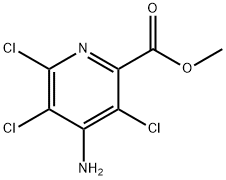
- Chemical Name:PICLORAM METHYL ESTER
- CAS:14143-55-6
- MF:C7H5Cl3N2O2
- Structure:

- Chemical Name:ETHYL DICHLOROTHIOPHOSPHATE
- CAS:1498-64-2
- MF:C2H5Cl2OPS
- Structure:

- Chemical Name:MALATHION MONOCARBOXYLIC ACID
- CAS:35884-76-5
- MF:C8H15O6PS2
- Structure:
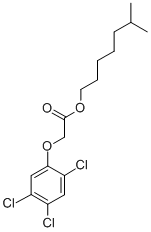
- Chemical Name:2,4,5-T ISOOCTYL ESTER
- CAS:25168-15-4
- MF:C16H21Cl3O3
- Structure:

- Chemical Name:2-chloro-5-ethylaminomethylpyridine
- CAS:120739-77-7
- MF:C8H11ClN2
- Structure:
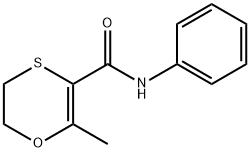
- Chemical Name:Carboxin
- CAS:5234-68-4
- MF:C12H13NO2S
- Structure:
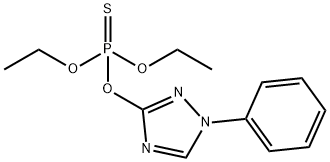
- Chemical Name:Triazophos
- CAS:24017-47-8
- MF:C12H16N3O3PS
- Structure:

- Chemical Name:FLUAZIFOP
- CAS:69335-91-7
- MF:C15H12F3NO4
- Structure:
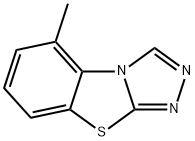
- Chemical Name:Tricyclazole
- CAS:41814-78-2
- MF:C9H7N3S
- Structure:
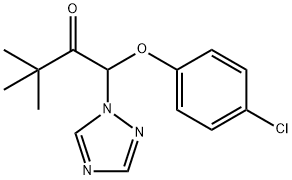
- Chemical Name:Triadimefon
- CAS:43121-43-3
- MF:C14H16ClN3O2
- Structure:
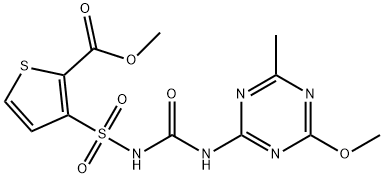
- Chemical Name:Thifensulfuron methyl
- CAS:79277-27-3
- MF:C12H13N5O6S2
- Structure:
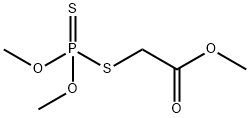
- Chemical Name:Methyl [(dimethoxyphosphinothioyl)thio]acetate
- CAS:757-86-8
- MF:C5H11O4PS2
- Structure:

- Chemical Name:Ammonium O,O-dimethyl dithiophosphate
- CAS:1066-97-3
- MF:C2H10NO2PS2
- Chemical Name:Rooting Powde
- CAS:
- MF:
- Structure:
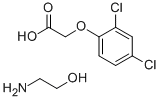
- Chemical Name:2,4-D ETHANOLAMINE SALT
- CAS:3599-58-4
- MF:C10H13Cl2NO4
- Structure:

- Chemical Name:Ethylicin
- CAS:682-91-7
- MF:C4H10O2S2
- Structure:
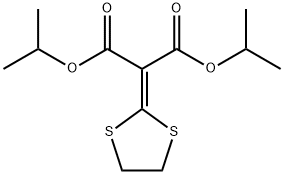
- Chemical Name:Isoprothiolane
- CAS:50512-35-1
- MF:C12H18O4S2
- Structure:
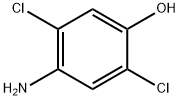
- Chemical Name:4-Amino-2,5-dichlorophenol
- CAS:50392-39-7
- MF:C6H5Cl2NO
- Structure:

- Chemical Name:1,2,3-TRICHLOROPROPENE
- CAS:96-19-5
- MF:C3H3Cl3
- Structure:
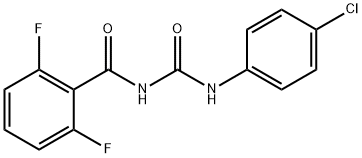
- Chemical Name:Diflubenzuron
- CAS:35367-38-5
- MF:C14H9ClF2N2O2
- Structure:
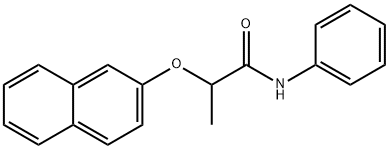
- Chemical Name:NAPROANILIDE
- CAS:52570-16-8
- MF:C19H17NO2
- Structure:
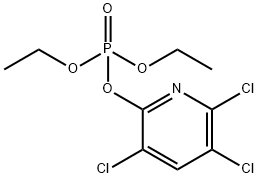
- Chemical Name:CHLORPYRIFOS-OXON
- CAS:5598-15-2
- MF:C9H11Cl3NO4P
- Structure:
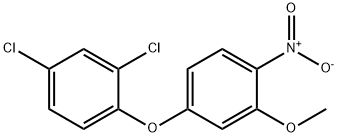
- Chemical Name:CHLOMETHOXYFEN
- CAS:32861-85-1
- MF:C13H9Cl2NO4
- Structure:

- Chemical Name:Permethrin
- CAS:52645-53-1
- MF:C21H20Cl2O3
- Structure:
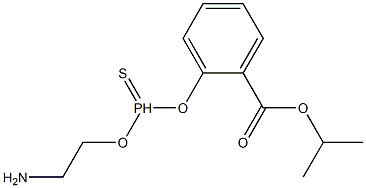
- Chemical Name:ISOFENPHOS-DES-N-ISOPROPYL
- CAS:25205-08-7
- MF:C12H18NO4PS
- Structure:
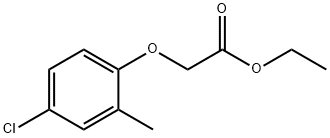
- Chemical Name:MCPA-ETHYL ESTER
- CAS:2698-38-6
- MF:C11H13ClO3
- Structure:
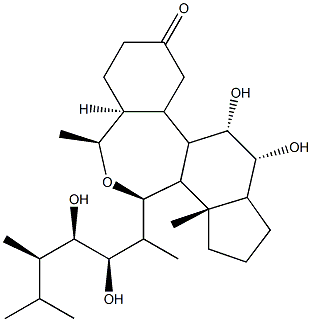
- Chemical Name:Epibrassinolide
- CAS:78821-43-9
- MF:C28H48O6
- Structure:
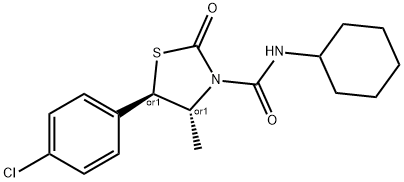
- Chemical Name:Hexythiazox
- CAS:78587-05-0
- MF:C17H21ClN2O2S
- Structure:
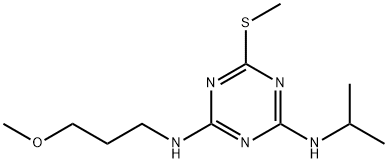
- Chemical Name:METHOPROTRYNE
- CAS:841-06-5
- MF:C11H21N5OS
- Structure:
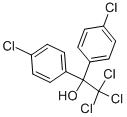
- Chemical Name:Dicofol
- CAS:115-32-2
- MF:C14H9Cl5O
- Structure:

- Chemical Name:ALDIMORPH
- CAS:1704-28-5
- MF:C18H37NO
- Structure:
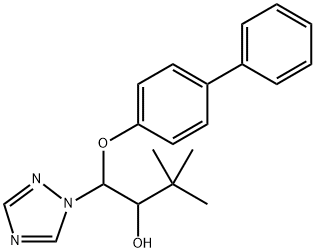
- Chemical Name:Bitertanol
- CAS:55179-31-2
- MF:C20H23N3O2
- Structure:
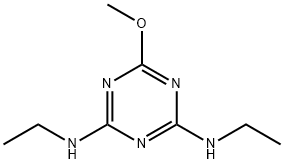
- Chemical Name:SIMETON
- CAS:673-04-1
- MF:C8H15N5O
- Structure:
- Chemical Name:IMINOCTADINE TRIACETATE
- CAS:39202-40-9
- MF:C24H53N7O6
- Structure:
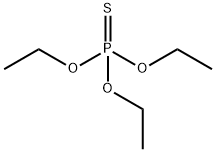
- Chemical Name:O,O,O-TRIETHYLPHOSPHOROTHIOATE
- CAS:126-68-1
- MF:C6H15O3PS
- Structure:
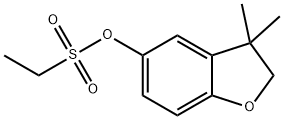
- Chemical Name:BENFURESATE
- CAS:68505-69-1
- MF:C12H16O4S
- Structure:
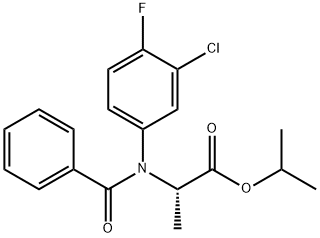
- Chemical Name:FLAMPROP-M-ISOPROPYL
- CAS:57973-67-8
- MF:C19H19ClFNO3
- Structure:

- Chemical Name:Etofenprox
- CAS:80844-07-1
- MF:C25H28O3
- Structure:
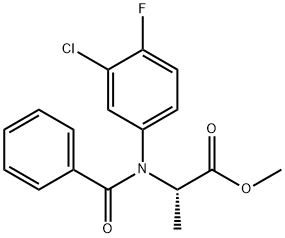
- Chemical Name:FLAMPROP-METHYL
- CAS:52756-25-9
- MF:C17H15ClFNO3
- Structure:
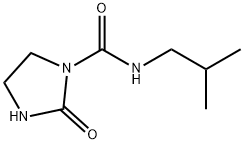
- Chemical Name:ISOCARBAMID
- CAS:30979-48-7
- MF:C8H15N3O2
- Structure:

- Chemical Name:2,2-DICHLOROPROPIONIC ACID SODIUM SALT
- CAS:127-20-8
- MF:C3H3Cl2NaO2
- Structure:
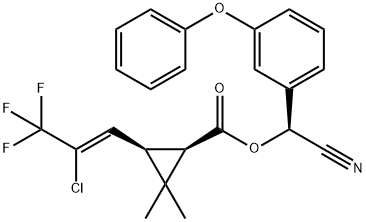
- Chemical Name:GAMMA-CYHALOTHRIN
- CAS:76703-62-3
- MF:C23H19ClF3NO3
- Structure:
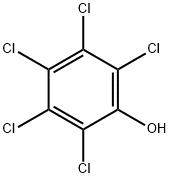
- Chemical Name:Pentachlorophenol
- CAS:87-86-5
- MF:C6HCl5O
- Structure:
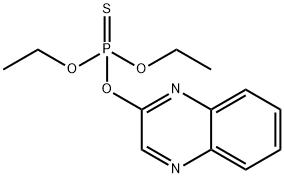
- Chemical Name:Quinalphos
- CAS:13593-03-8
- MF:C12H15N2O3PS
- Structure:

- Chemical Name:METHYLISOCYANATE 1 X 500MG NEAT
- CAS:624-83-9
- MF:C2H3NO
- Structure:
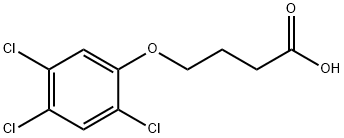
- Chemical Name:2,4,5-TB
- CAS:93-80-1
- MF:C10H9Cl3O3
- Structure:
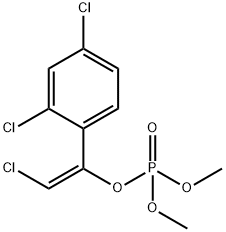
- Chemical Name:DIMETHYLVINPHOS
- CAS:71363-52-5
- MF:C10H10Cl3O4P
- Structure:

- Chemical Name:Sodium α-naphthyl acetate
- CAS:1321-69-3
- MF:C10H7NaO3S
- Structure:
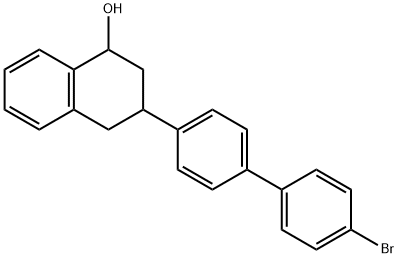
- Chemical Name:3-(4'-Bromo[1,1'-biphenyl]-4-yl)-1,2,3,4-tetrahydro-1-naphthalenol
- CAS:56181-82-9
- MF:C22H19BrO
- Chemical Name:Triazophos E.C.
- CAS:
- MF:C12H16N3O3PS
- Structure:
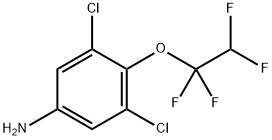
- Chemical Name:3,5-Dichloro-4-(1,1,2,2-tetrafluoroethoxy)aniline
- CAS:104147-32-2
- MF:C8H5Cl2F4NO
- Structure:
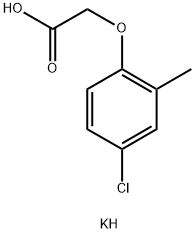
- Chemical Name:MCPA-POTASSIUM SALT
- CAS:5221-16-9
- MF:C9H10ClKO3
- Structure:
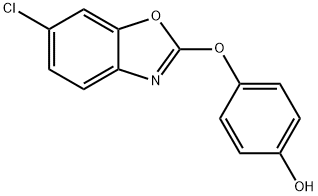
- Chemical Name:4-[(6-Chloro-1,3-benzoxazol-2-yl)oxy]phenol
- CAS:70217-01-5
- MF:C13H8ClNO3
- Chemical Name:Diethatylethyl
- CAS:
- MF:
- Structure:
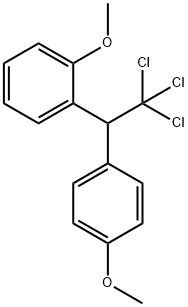
- Chemical Name:2,4'-METHOXYCHLOR
- CAS:30667-99-3
- MF:C16H15Cl3O2
- Structure:
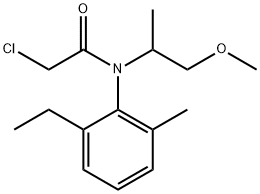
- Chemical Name:Metolachlor
- CAS:51218-45-2
- MF:C15H22ClNO2
- Structure:
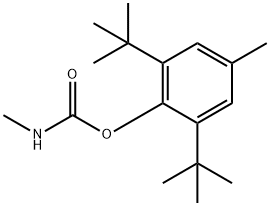
- Chemical Name:TERBUTOL
- CAS:1918-11-2
- MF:C17H27NO2
- Structure:
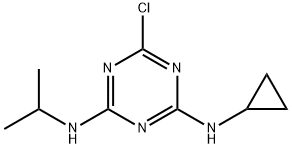
- Chemical Name:CYPRAZINE
- CAS:22936-86-3
- MF:C9H14ClN5
- Structure:
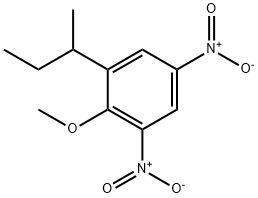
- Chemical Name:DINOSEB METHYL ETHER
- CAS:6099-79-2
- MF:C11H14N2O5
- Structure:
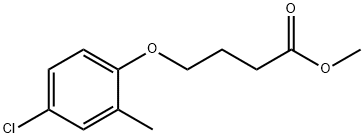
- Chemical Name:MCPB METHYL ESTER
- CAS:57153-18-1
- MF:C12H15ClO3
- Structure:
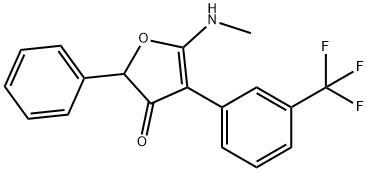
- Chemical Name:FLURTAMONE
- CAS:96525-23-4
- MF:C18H14F3NO2
- Structure:
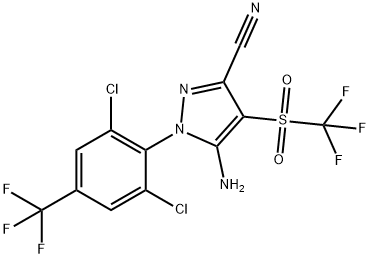
- Chemical Name:FIPRONIL-SULFONE
- CAS:120068-36-2
- MF:C12H4Cl2F6N4O2S
- Structure:

- Chemical Name:NEREISTOXIN OXALATE
- CAS:1631-52-3
- MF:C7H13NO4S2
- Structure:
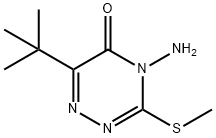
- Chemical Name:Metribuzin
- CAS:21087-64-9
- MF:C8H14N4OS
- Structure:
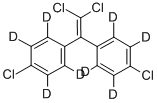
- Chemical Name:4,4'-DDE D8
- CAS:93952-19-3
- MF:C14Cl4D8
- Structure:

- Chemical Name:1,2,2,3-TETRACHLOROPROPANE
- CAS:13116-53-5
- MF:C3H4Cl4
- Structure:
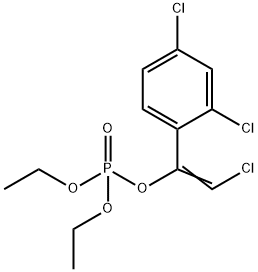
- Chemical Name:Chlorfenvinfos
- CAS:470-90-6
- MF:C12H14Cl3O4P
- Structure:
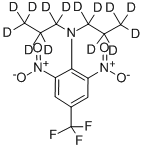
- Chemical Name:TRIFLURALIN-D14 (DI-N-PROPYL-D14)
- CAS:347841-79-6
- MF:C14H3D14F3N2O4
- Structure:
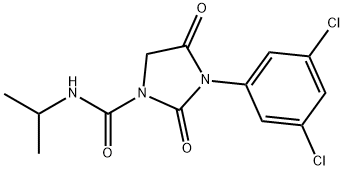
- Chemical Name:Iprodione
- CAS:36734-19-7
- MF:C13H13Cl2N3O3
- Structure:
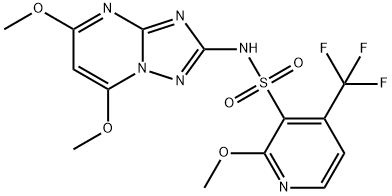
- Chemical Name:PYROXSULAM
- CAS:422556-08-9
- MF:C14H13F3N6O5S
- Structure:
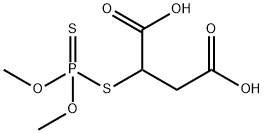
- Chemical Name:MALATHIONDICARBOXYLICACID
- CAS:1190-28-9
- MF:C6H11O6PS2
- Structure:
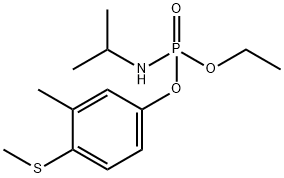
- Chemical Name:Fenamiphos
- CAS:22224-92-6
- MF:C13H22NO3PS
- Structure:

- Chemical Name:(+)-ALPHA-METHOXY-ALPHA-(TRIFLUOROMETHYL)PHENYLACETIC ANHYDRIDE
- CAS:85541-57-7
- MF:C20H16F6O5
- Structure:
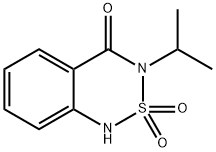
- Chemical Name:Bentazone
- CAS:25057-89-0
- MF:C10H12N2O3S
- Structure:

- Chemical Name:ALDICARB-OXIME
- CAS:1646-75-9
- MF:C5H11NOS
- Structure:
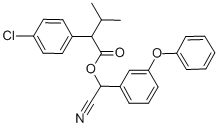
- Chemical Name:Fenvalerate
- CAS:51630-58-1
- MF:C25H22ClNO3
- Structure:
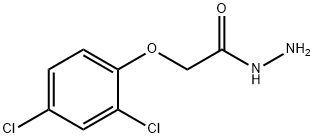
- Chemical Name:2,4-DICHLOROPHENOXYACETIC ACID HYDRAZIDE
- CAS:28236-62-6
- MF:C8H8Cl2N2O2
- Structure:

- Chemical Name:Mepiquat chloride
- CAS:24307-26-4
- MF:C7H16ClN
- Structure:
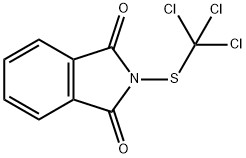
- Chemical Name:Folpet
- CAS:133-07-3
- MF:C9H4Cl3NO2S
- Structure:
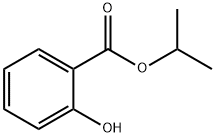
- Chemical Name:Isopropyl salicylate
- CAS:607-85-2
- MF:C10H12O3
- Structure:
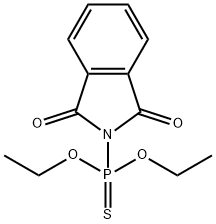
- Chemical Name:DITALIMFOS
- CAS:5131-24-8
- MF:C12H14NO4PS
- Structure:
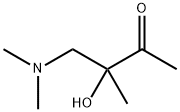
- Chemical Name:FONOFOS
- CAS:994-22-9
- MF:C7H15NO2
- Structure:
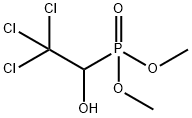
- Chemical Name:Trichlorfon
- CAS:52-68-6
- MF:C4H8Cl3O4P
- Structure:
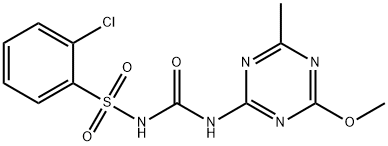
- Chemical Name:Chlorsulfuron
- CAS:64902-72-3
- MF:C12H12ClN5O4S
- Structure:

- Chemical Name:N-METHYL-METHAMIDOPHOS
- CAS:28167-49-9
- MF:C3H10NO2PS
- Structure:

- Chemical Name:2,4-DB-2-ETHYLHEXYL ESTER
- CAS:1320-15-6
- MF:C18H26Cl2O3
- Structure:
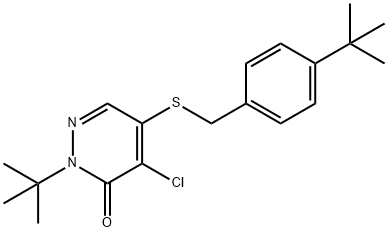
- Chemical Name:Pyridaben
- CAS:96489-71-3
- MF:C19H25ClN2OS
- Structure:

- Chemical Name:FENTHION D6
- CAS:1189662-83-6
- MF:C10H9D6O3PS2
- Structure:
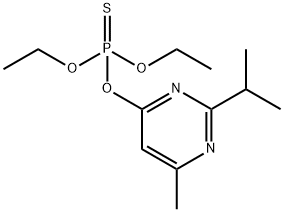
- Chemical Name:Diazinon
- CAS:333-41-5
- MF:C12H21N2O3PS
- Structure:

- Chemical Name:HEXACHLOROBENZENE 13C6
- CAS:93952-14-8
- MF:C6Cl6